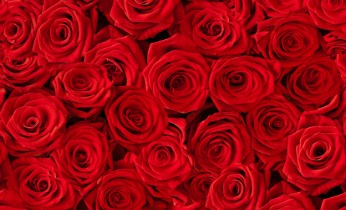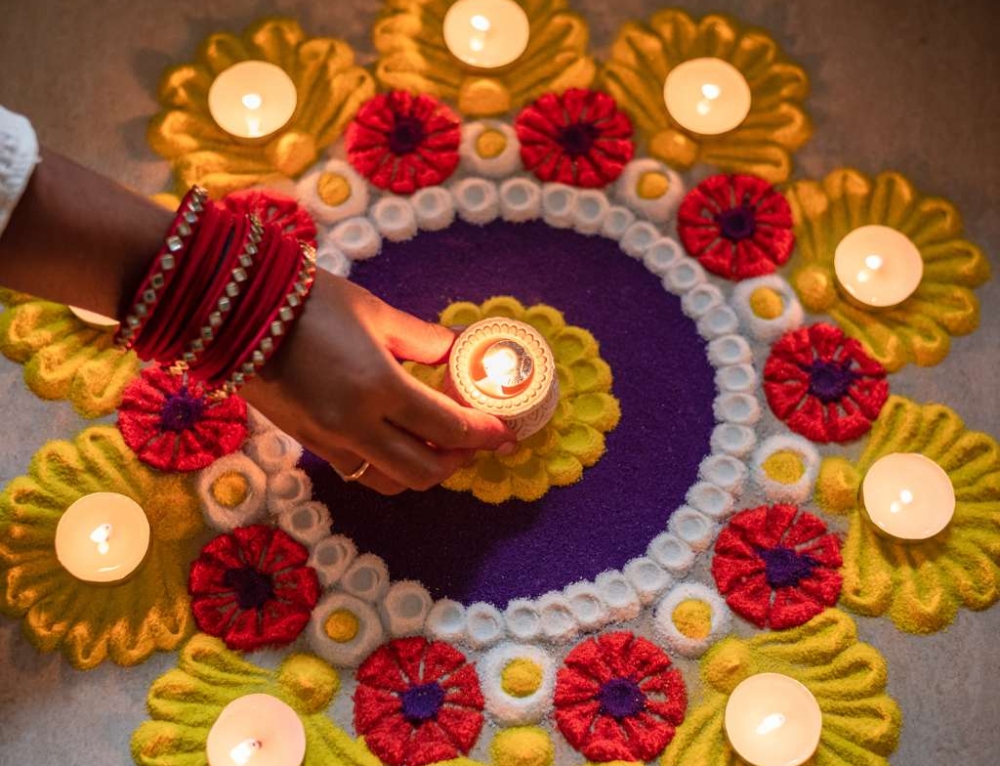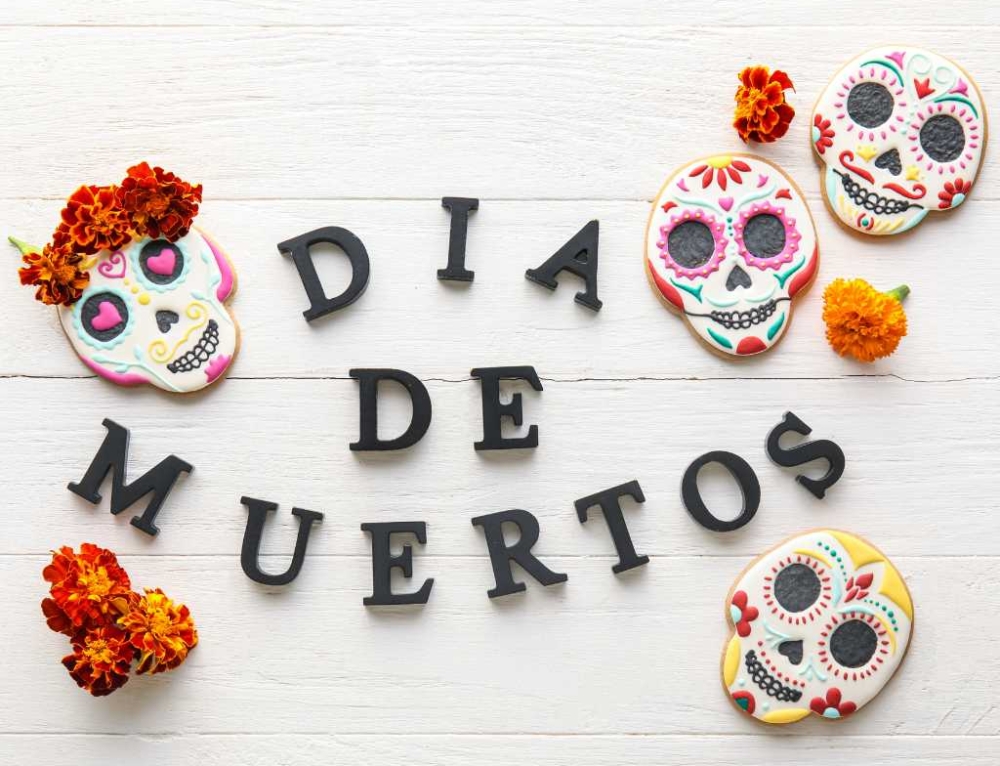Everyone loves to receive flowers, especially on Valentine’s Day! But did you know the Victorians gave flowers a language all of their own and used them to send secret messages? Find out which flowers mean ‘love’, ‘like’ and even ‘dislike’ with our list below.
Valentine’s flowers
Flowers that represent love or affection come in many different shapes and sizes. Here is a list of some of the most common flowers given on Valentine’s Day.
- red roses
- tulips
- carnations
- ambrosia
We all want to get the message right on Valentine’s Day. Here is a quick guide for you.
The red rose:
The most recognisable flower representing love is of course the red rose. The red rose symbolises love, longing and passion.
To create a bouquet of red roses, strip the stems of thorns as best you can. Then simply bunch the roses together, roll some wrapping paper around them and secure with a piece of raffia tied around the main body of the bunch.
Tulips:
Tulips are a popular Valentine’s flower due to their intense colours and remarkable beauty. The red tulip symbolises unconditional love and can be given in a similar bouquet as the roses.
Carnations:
Carnations are another flower that symbolises the intensity of love. The darker the colour of the carnation, the greater the depth of the giver’s feelings. White carnations symbolise a chaste love. While dark red flowers indicate sincere and passionate love.
Ambrosia:
Ambrosia indicates mutual adoration. It is a wonderful flower to give at any time including, of course, Valentine’s Day!
And the flowers to avoid on Valentine’s Day?
A bouquet that includes yellow carnations, peonies and basil is a sure-fire way to spend February 14 alone as these blooms all scream ‘I hate you!’ in the language of flowers. Best avoided if you’re looking for love …







Leave A Comment
You must be logged in to post a comment.